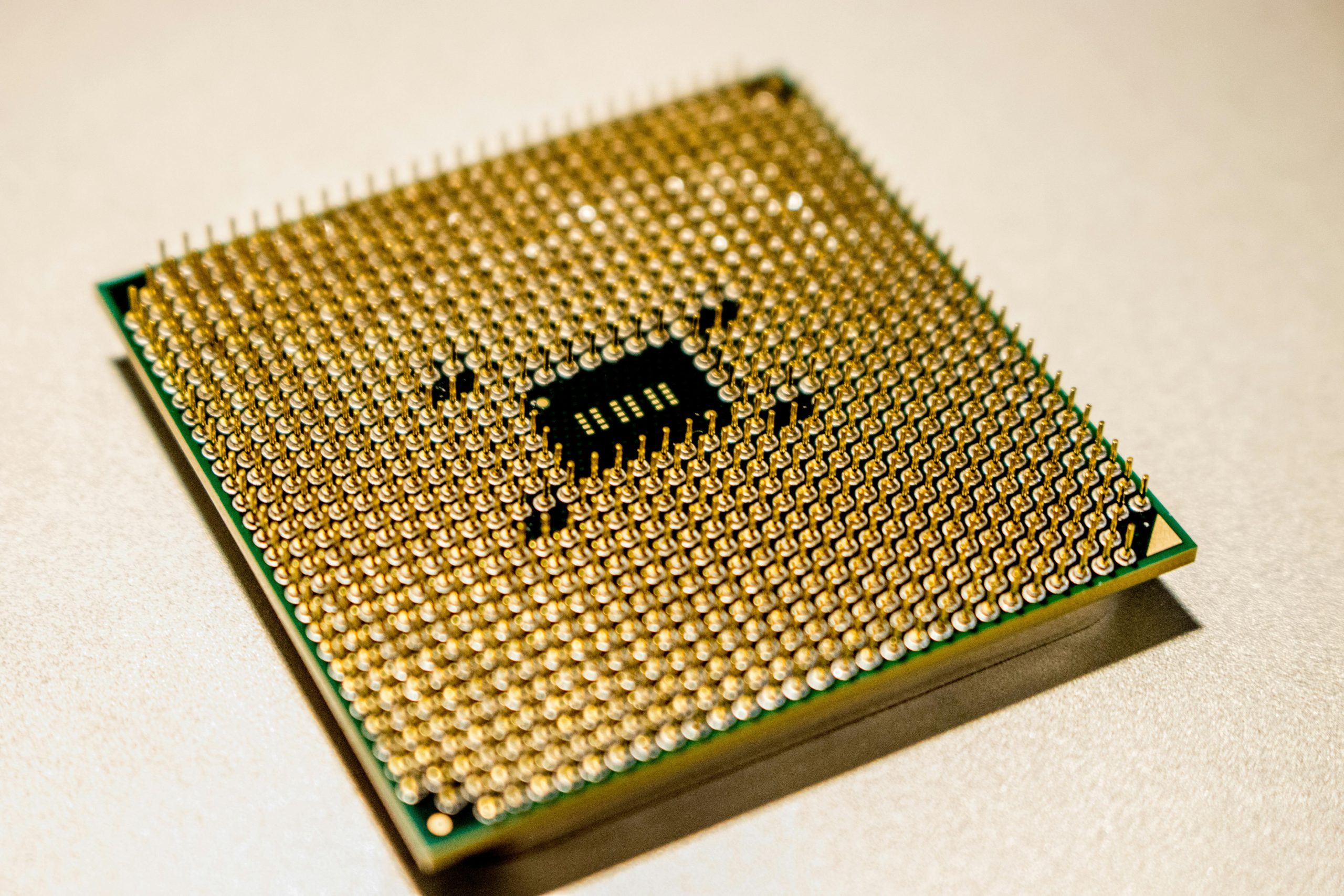Understanding CPU Underperformance: Troubleshooting an Unexpected Speed Drop on Intel Core i7-4771
In the realm of PC maintenance and troubleshooting, encountering unexpected CPU performance issues can be perplexing. Recently, a user experienced a significant drop in their CPU speed—from the expected 3.5 GHz down to approximately 0.69 GHz—despite the system’s standard specifications. This article delves into possible causes, diagnostic steps, and resolutions relevant to such a scenario, particularly focusing on Intel Core i7-4771 processors paired with ASUS Sabertooth Z97 Mark 1 motherboards.
Case Overview
The user reported that their computer was functioning normally, with variable CPU speeds below the base frequency during routine tasks. While installing a launcher for vintage PC archives, they stepped away from their machine. Upon returning, they observed the system appeared to be in sleep mode. Moving the mouse reawakened the PC, which then rebooted unexpectedly. Subsequently, a Machine Check Error (MCE) Blue Screen of Death (BSOD) was displayed. Notably, this issue occurred after a period of normal operation, with the CPU speed reportedly dropping to around 0.69 GHz—significantly below the installed CPU’s base frequency.
Initial Diagnostic Observations
-
BIOS Invoice: Upon checking BIOS settings, the user discovered that the CPU’s clock speed was set to approximately 500 MHz, with a maximum of 800 MHz, and the reported base speed of 3.5 GHz was not active.
-
Power Management Interventions: Attempting to resolve the issue involved physically disconnecting power and resetting power states; however, these measures did not restore normal CPU functioning.
-
BIOS Configuration Changes: Switching from “Normal” mode to “ASUS Optimal” profile resulted in the CPU clock speed dropping further, to around 721 MHz in BIOS, with the base still at 3.5 GHz.
Potential Causes and Troubleshooting Steps
-
Thermal Throttling or Power Settings:
Modern CPUs incorporate thermal management features that can reduce performance if temperatures become excessive. Similarly, power-saving modes or BIOS settings might limit CPU speeds. -
BIOS Configuration Issues:
Incorrect or corrupted BIOS settings can result in improper CPU frequency scaling. Resetting BIOS to default or optimized profiles can sometimes resolve such issues. -
Overclocking or Underclocking Settings:
User alterations or failed overclocking attempts can cause the CPU to operate at reduced frequencies
Share this content:



